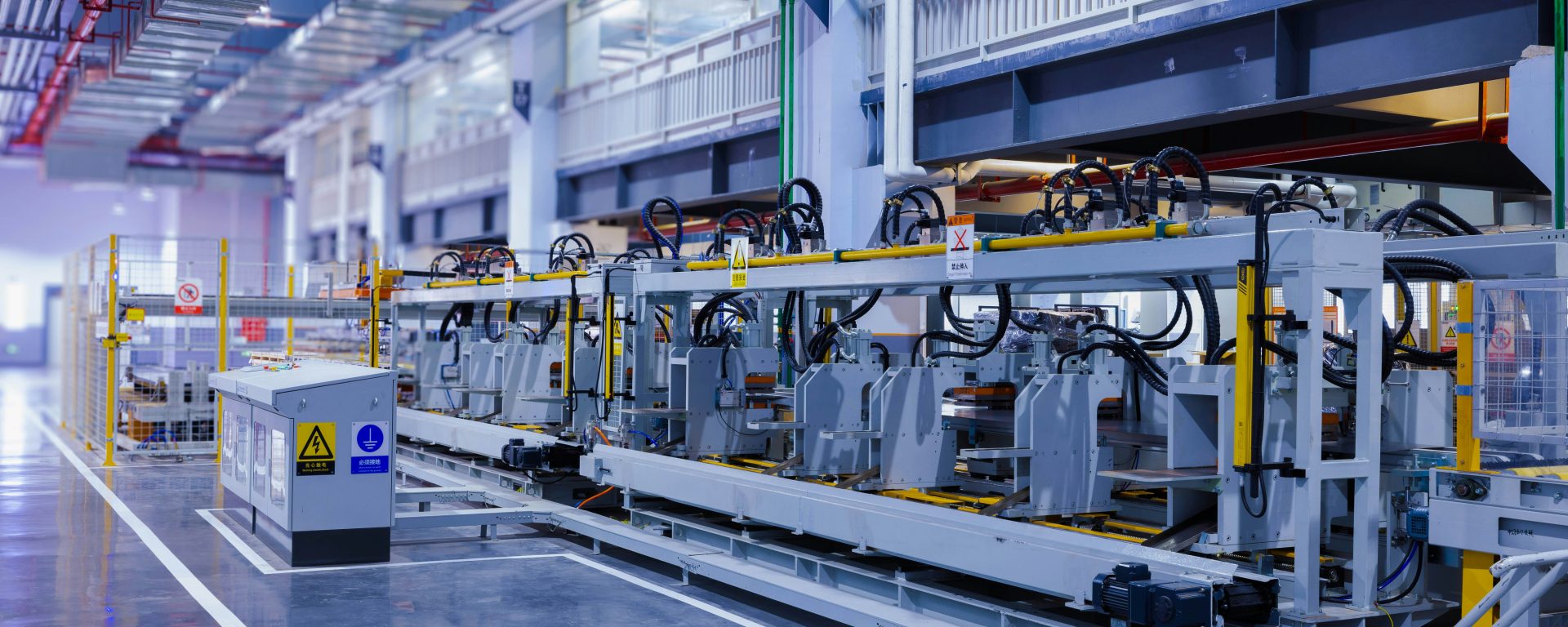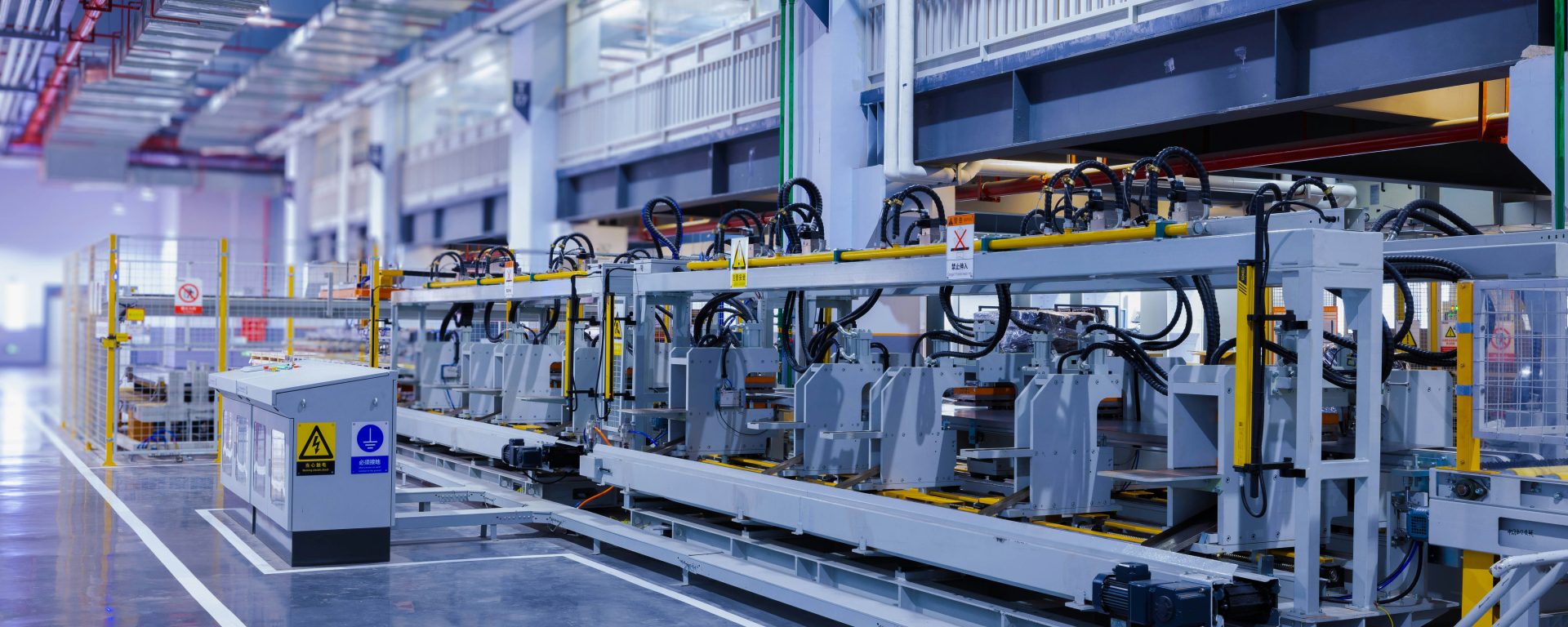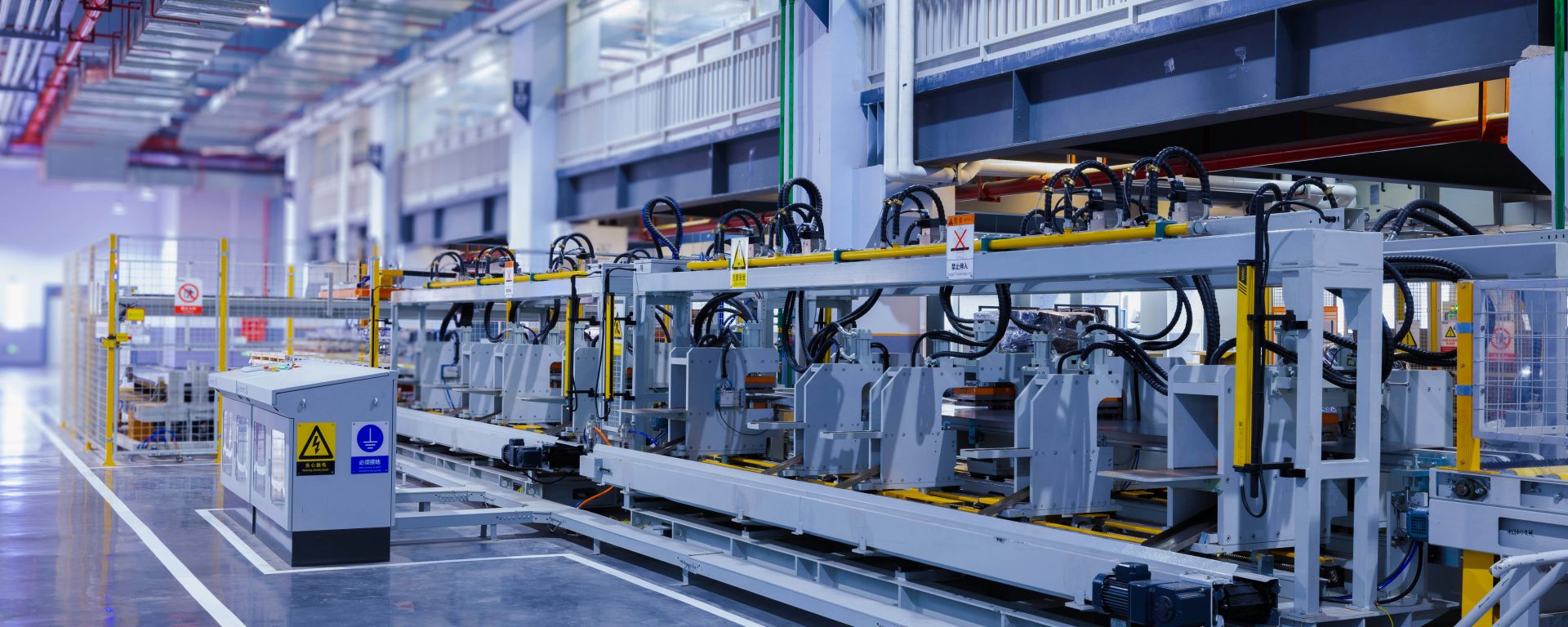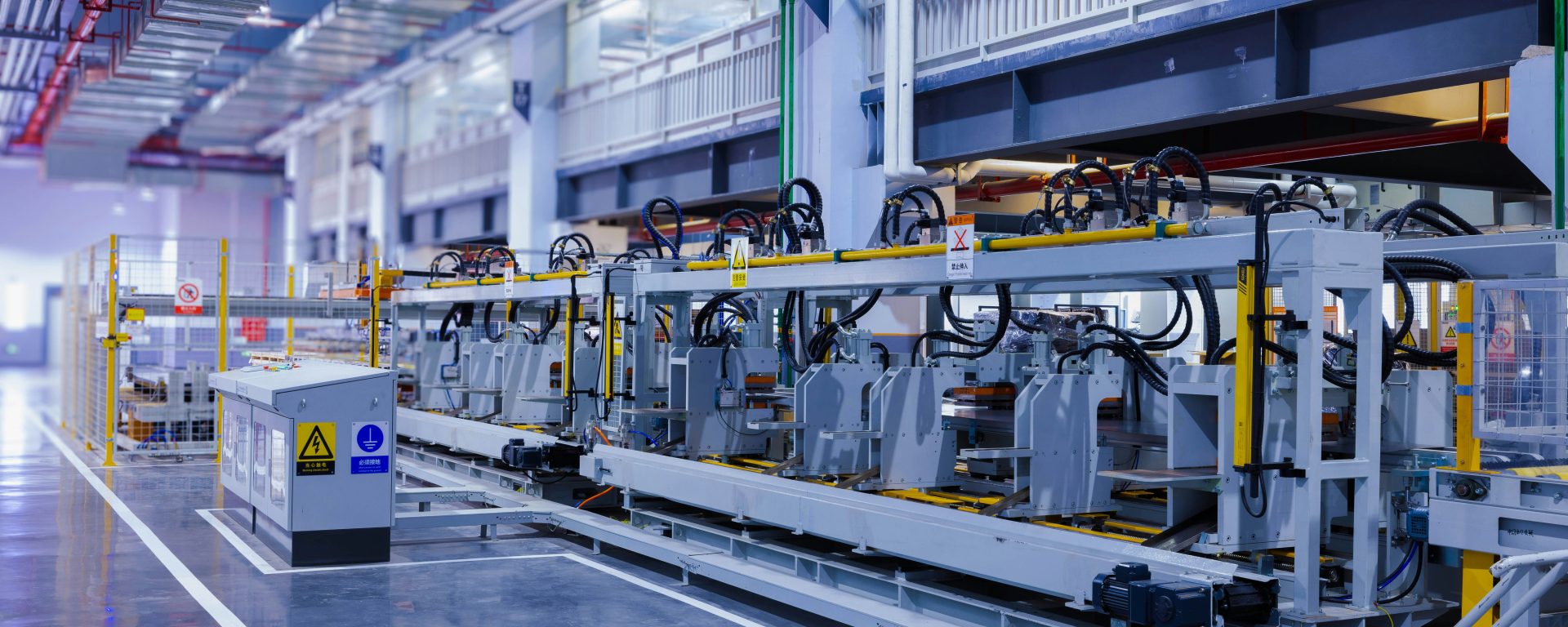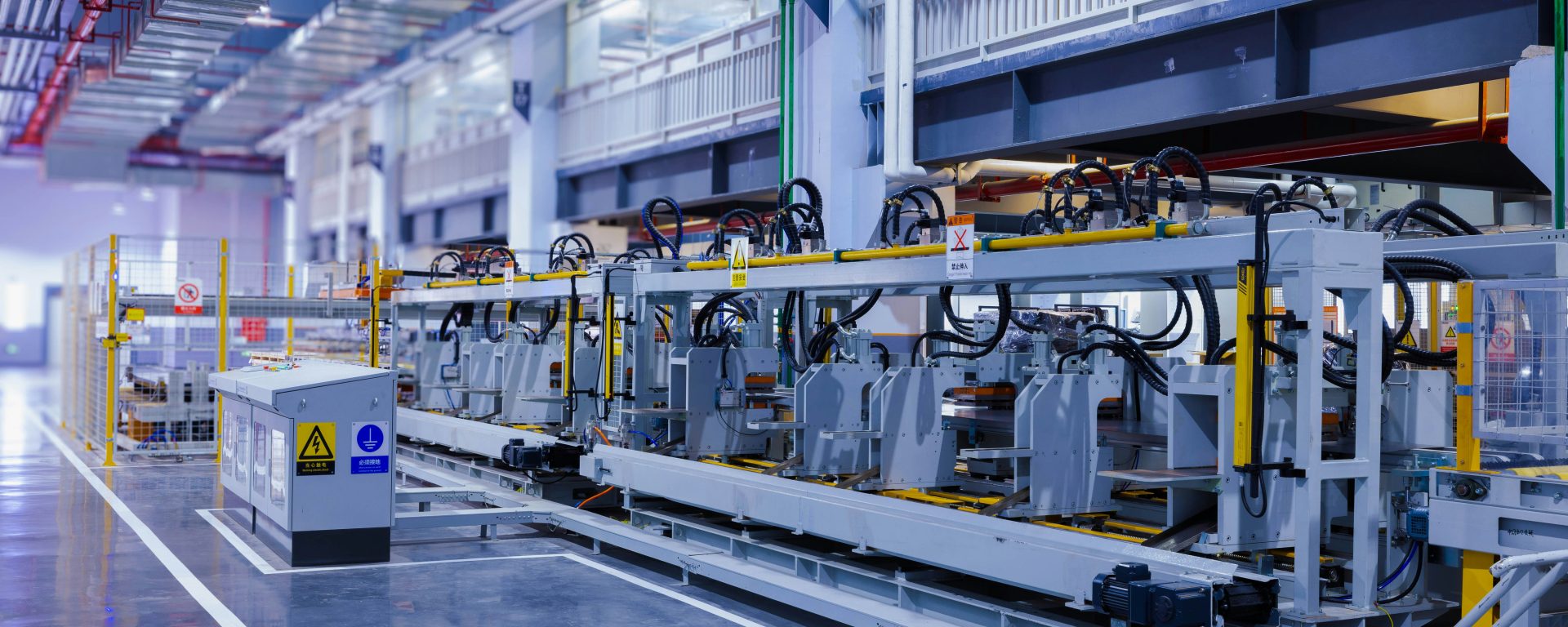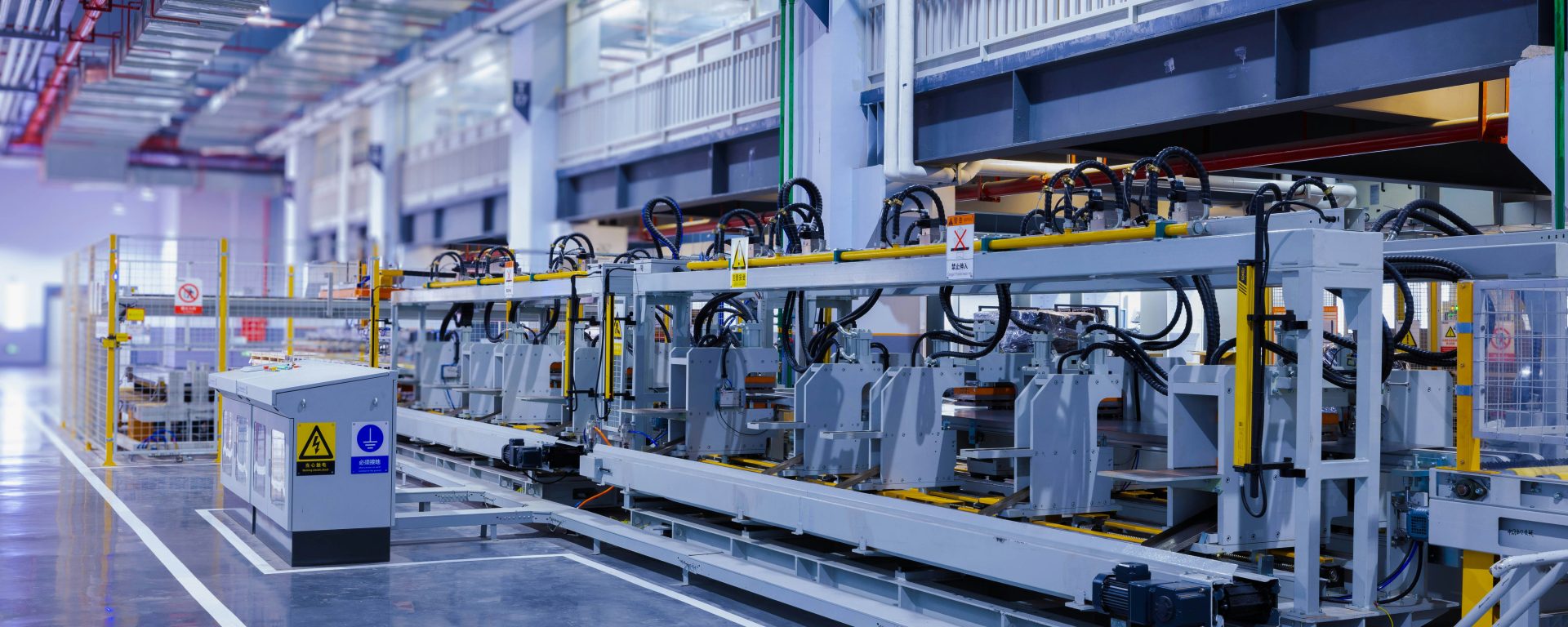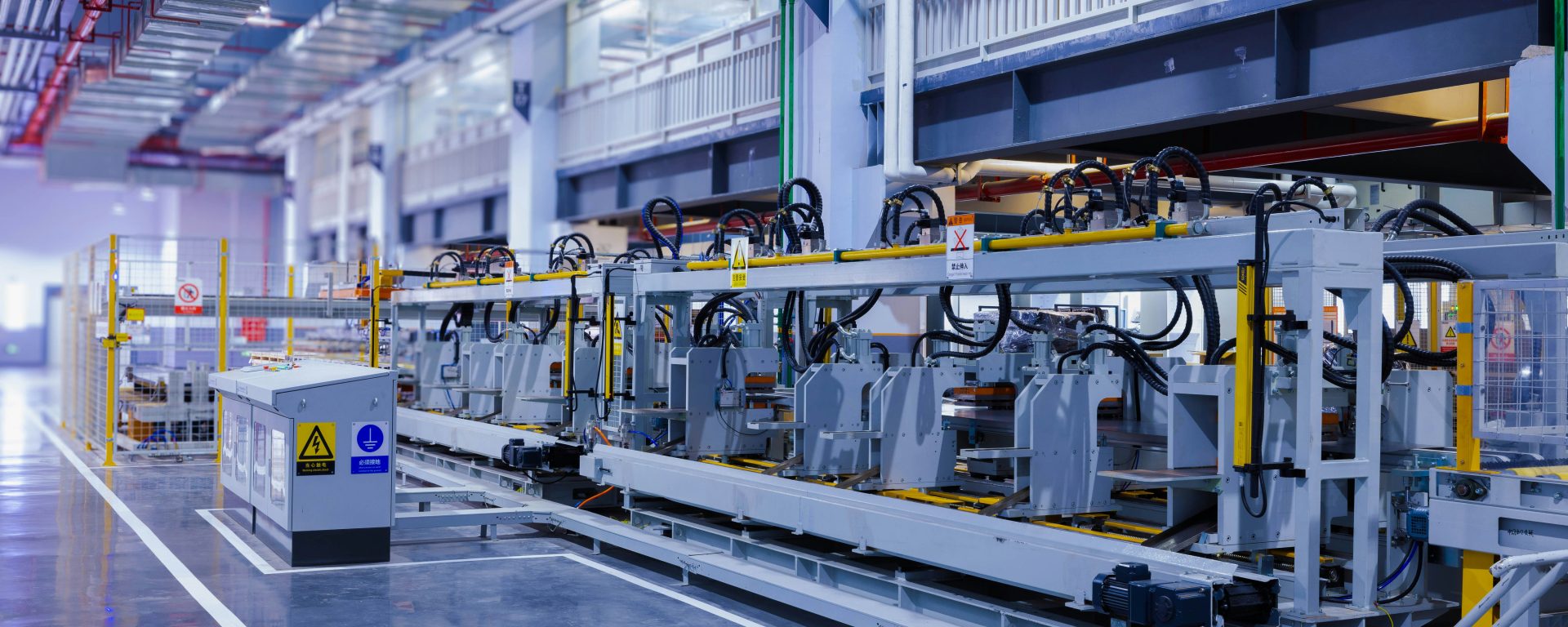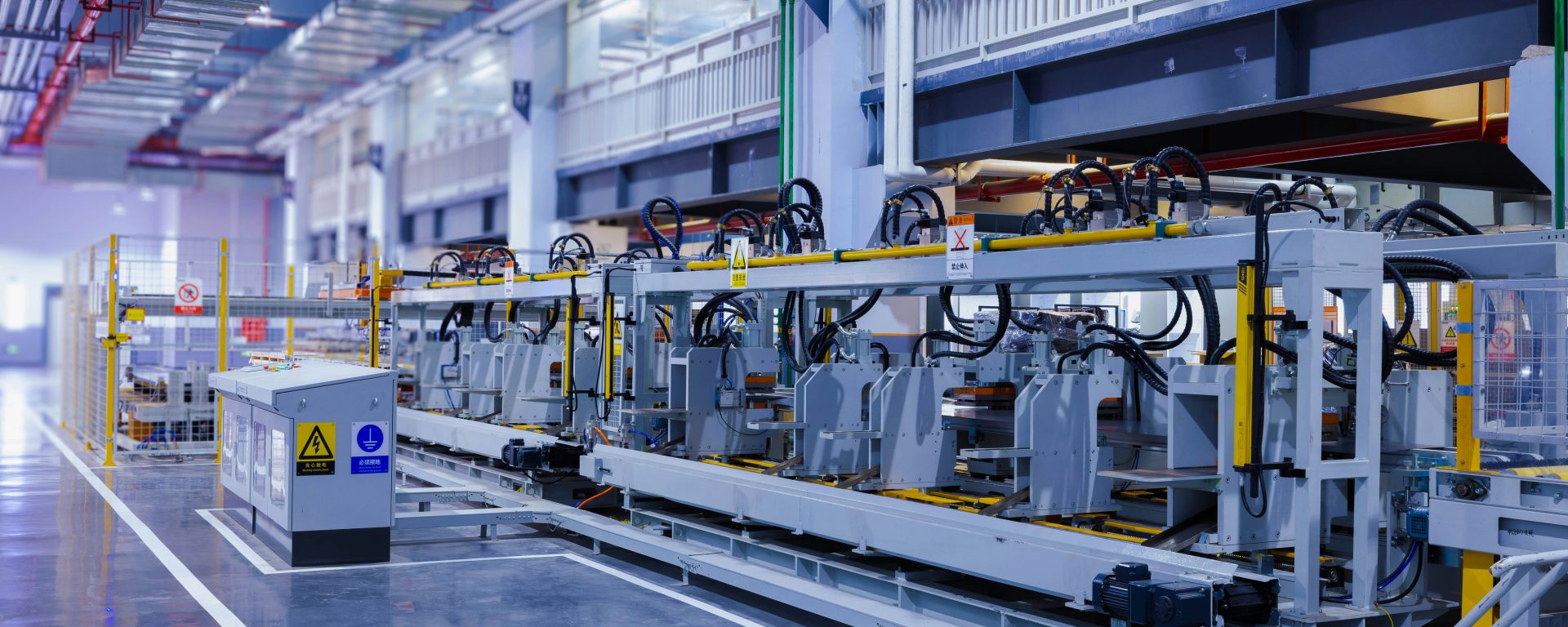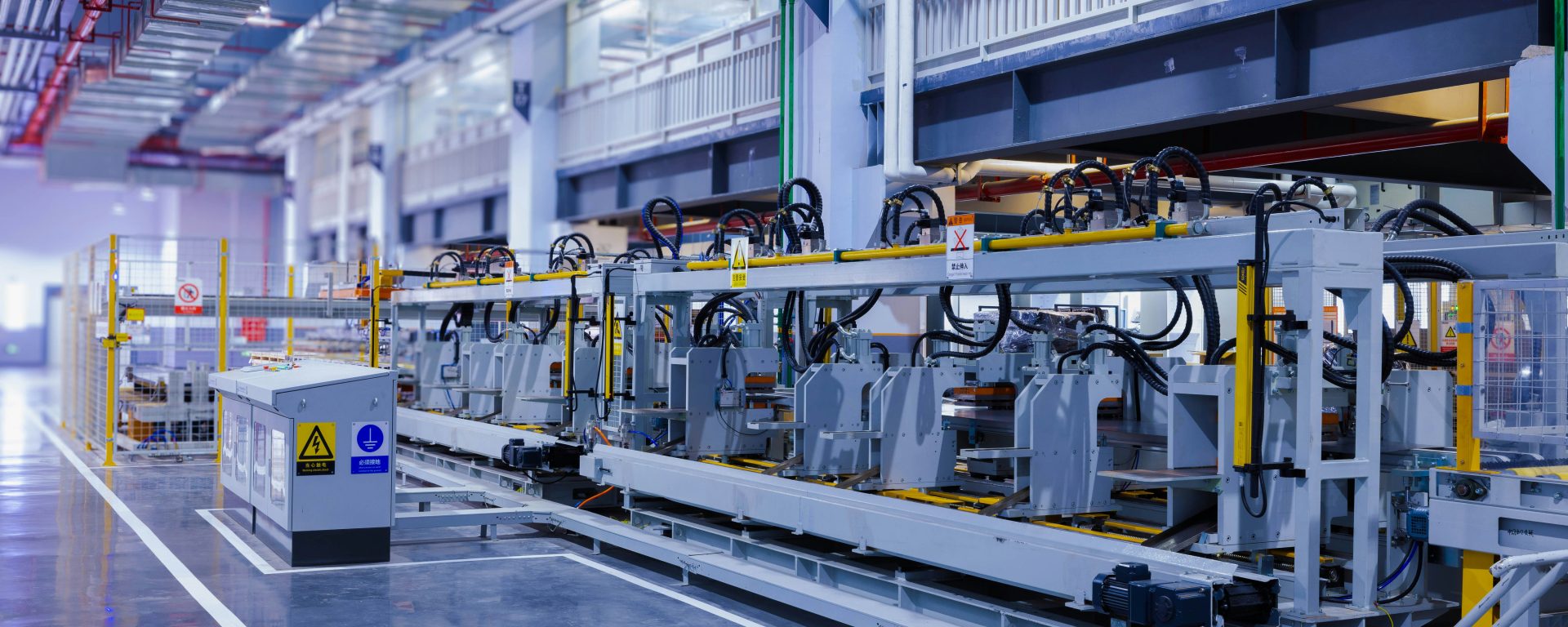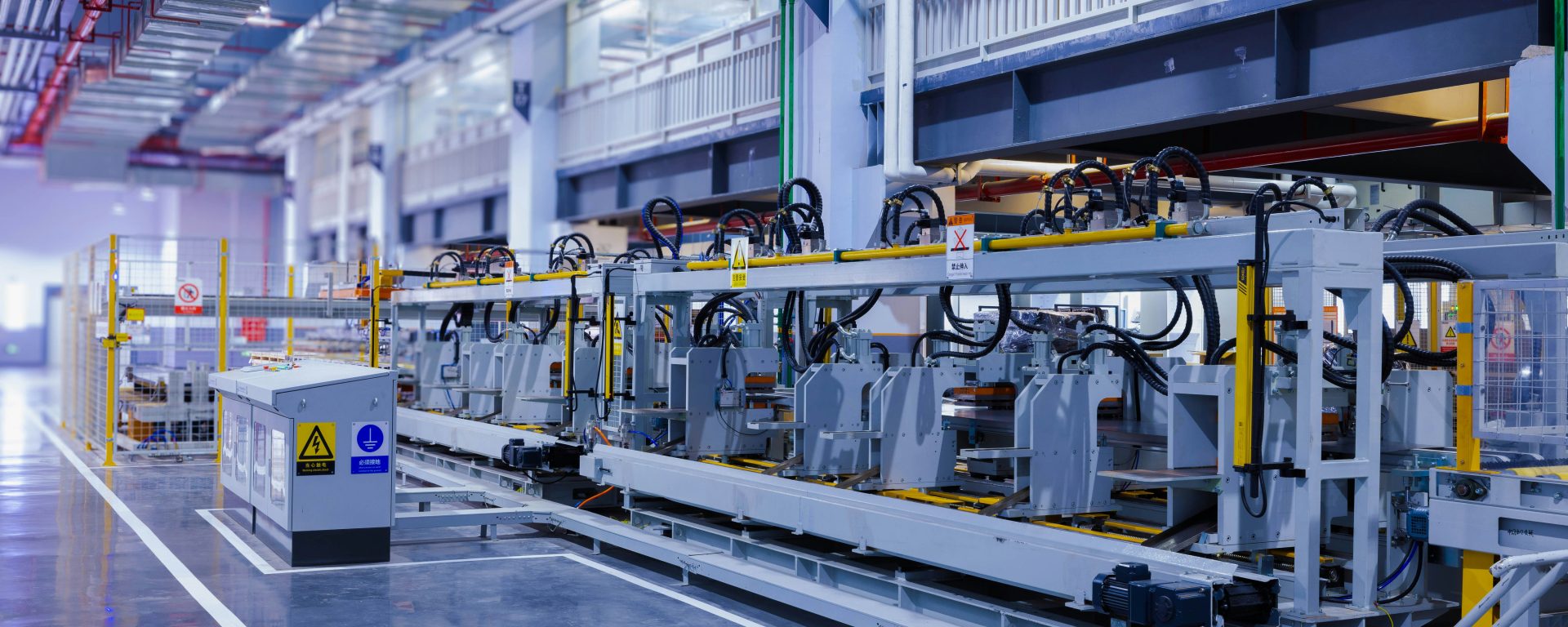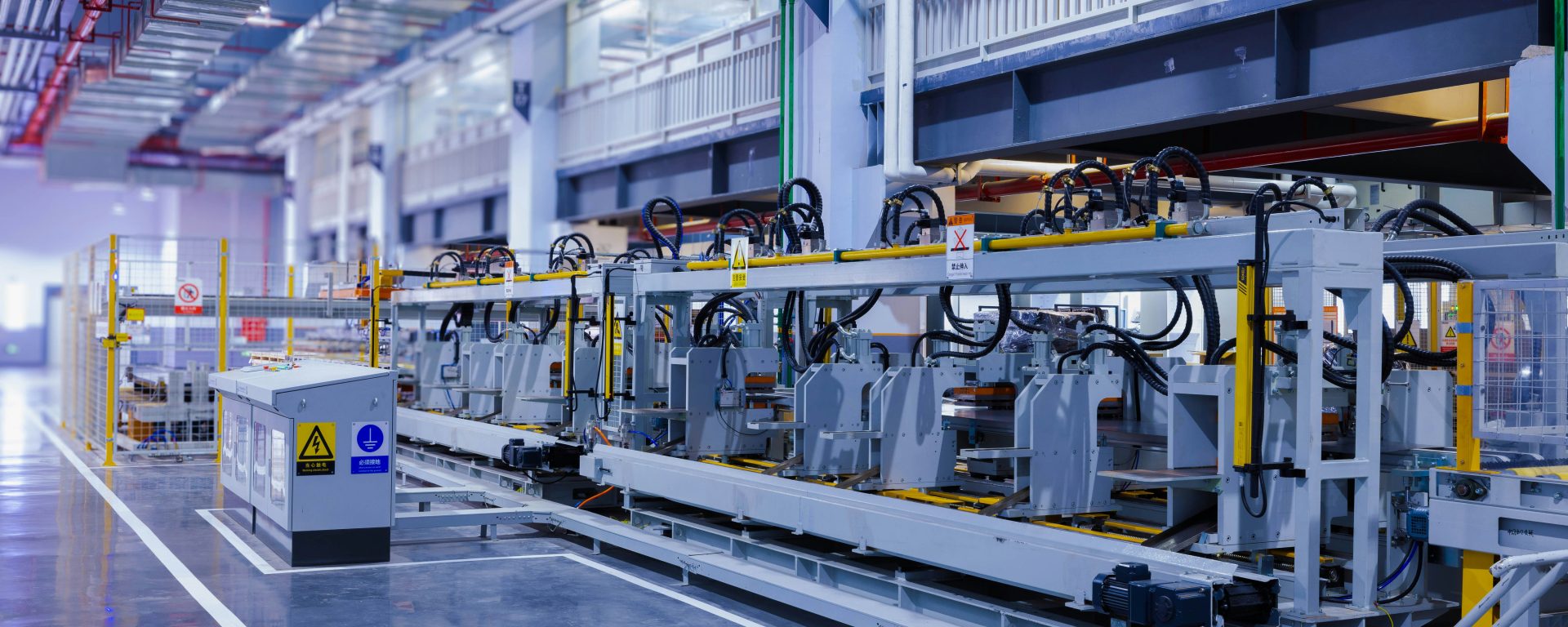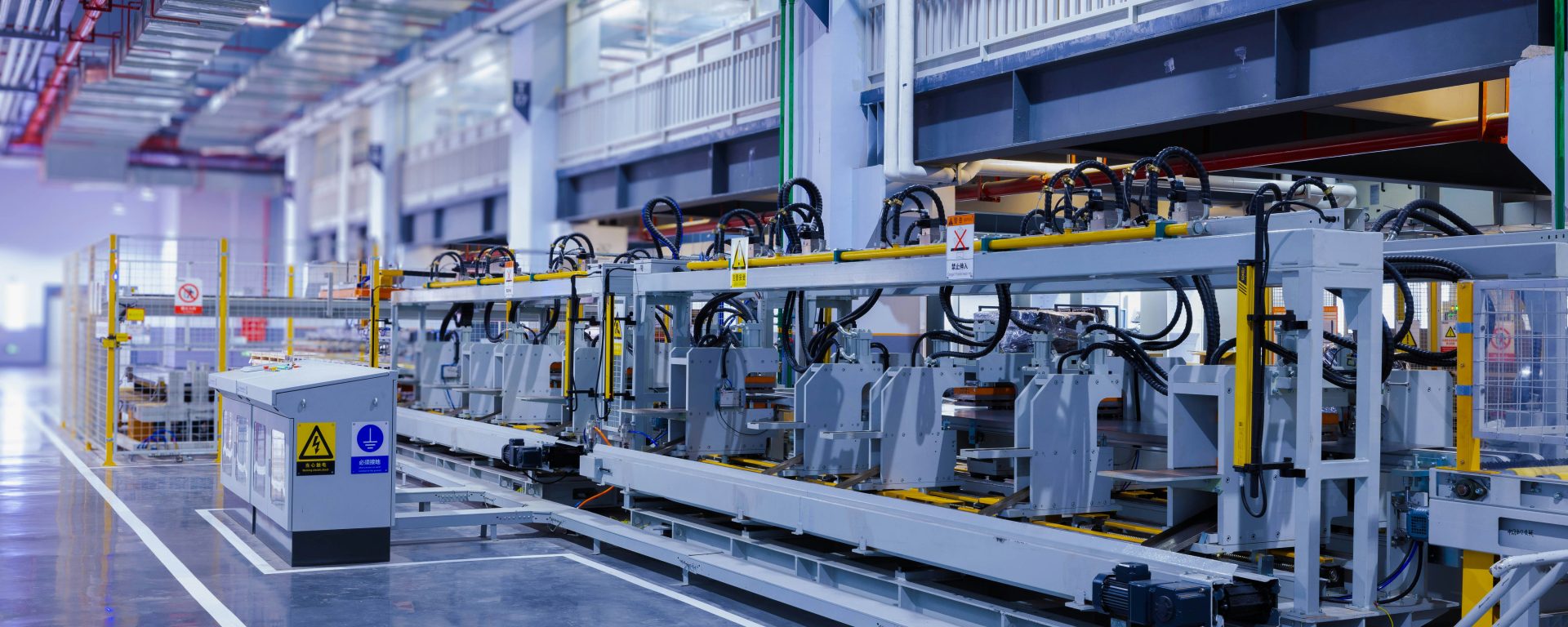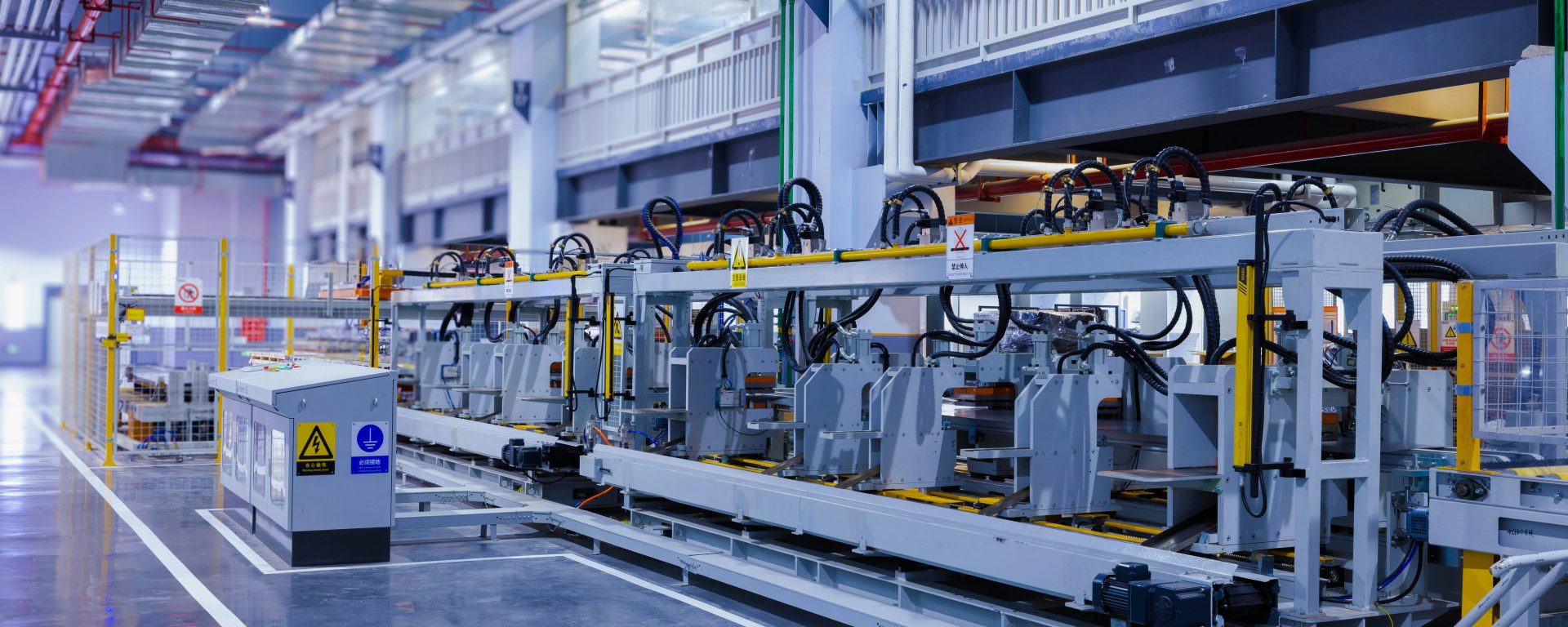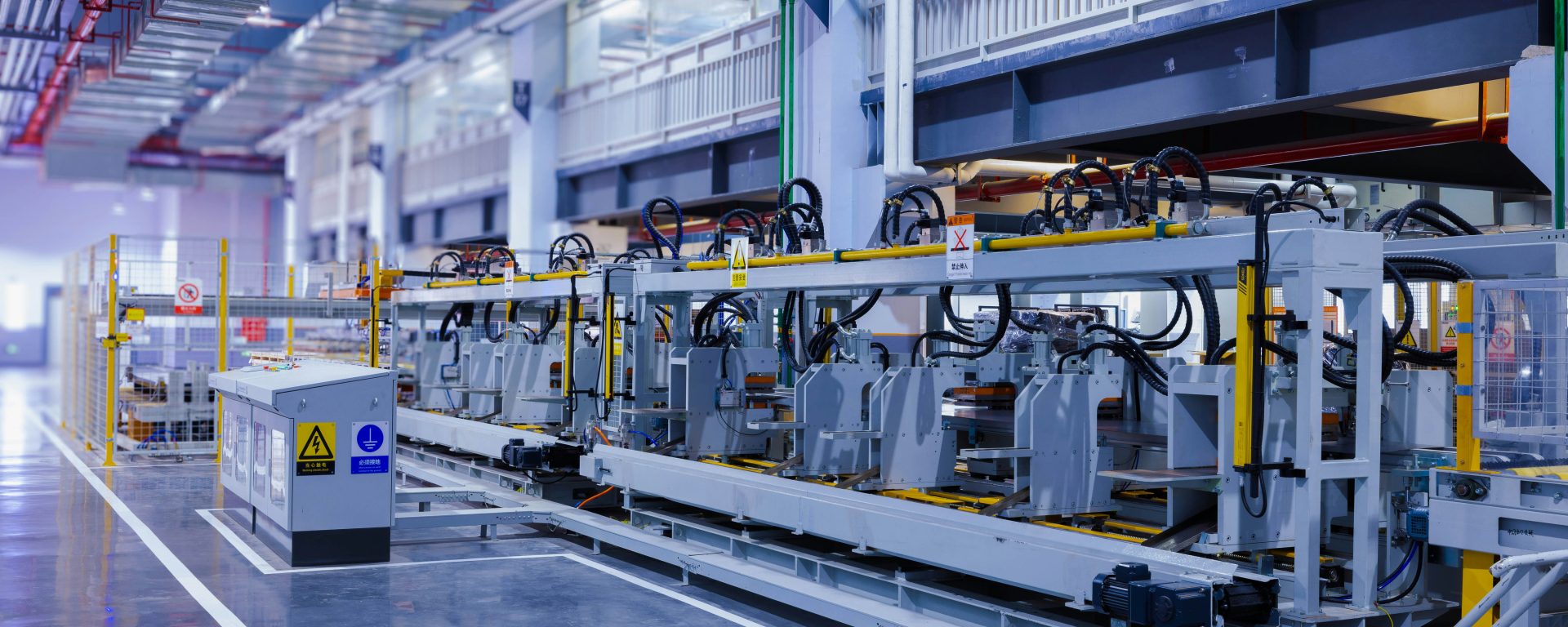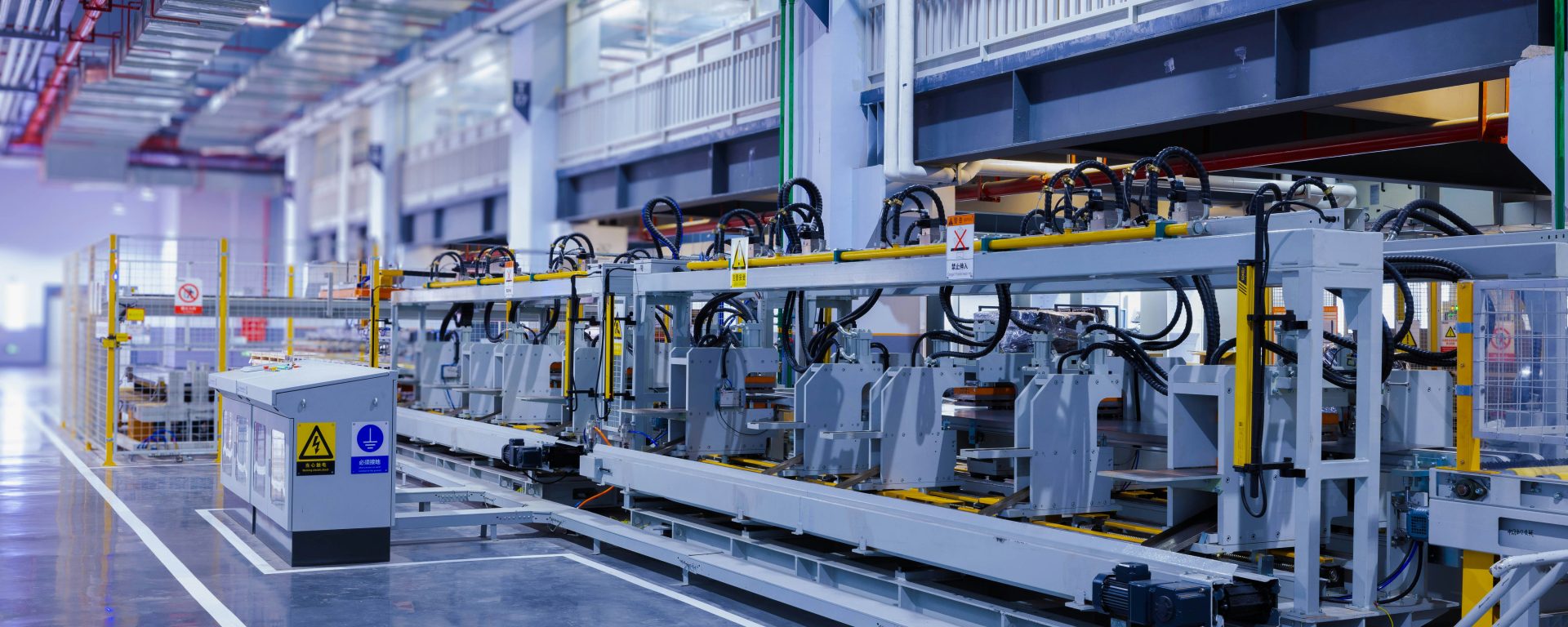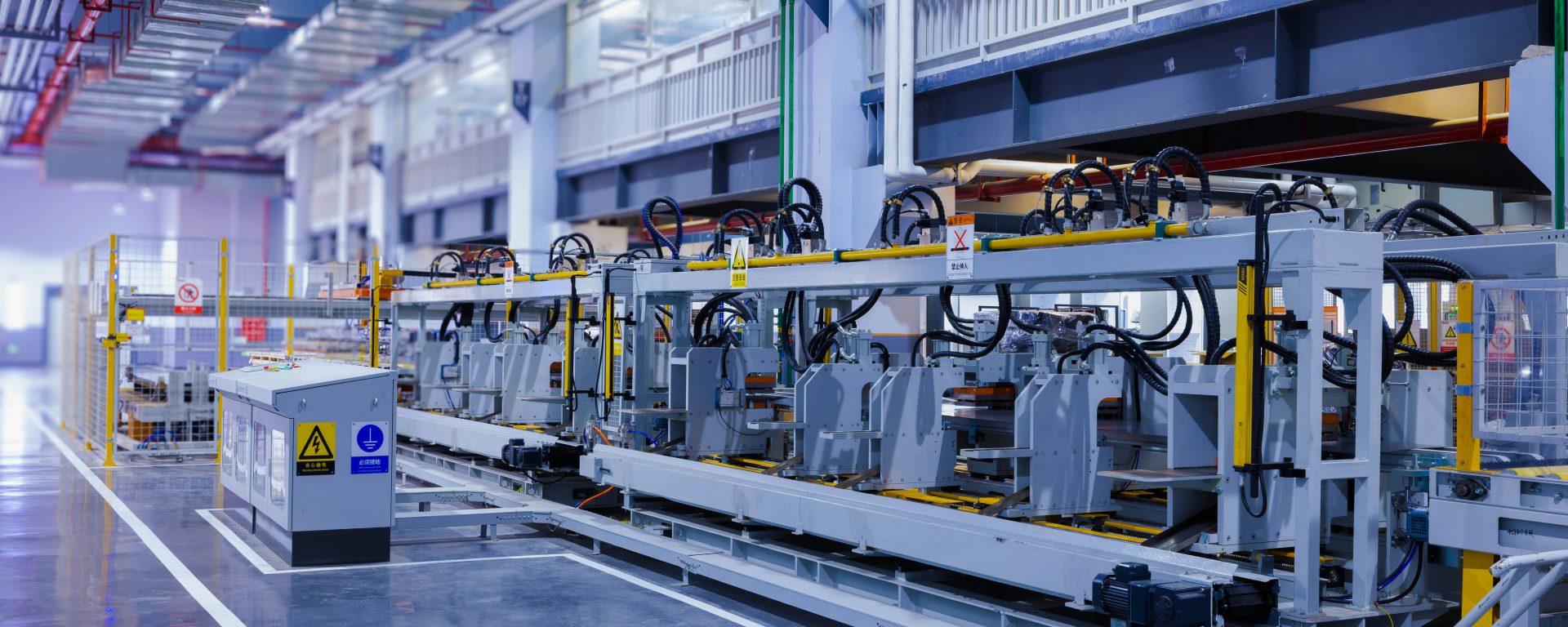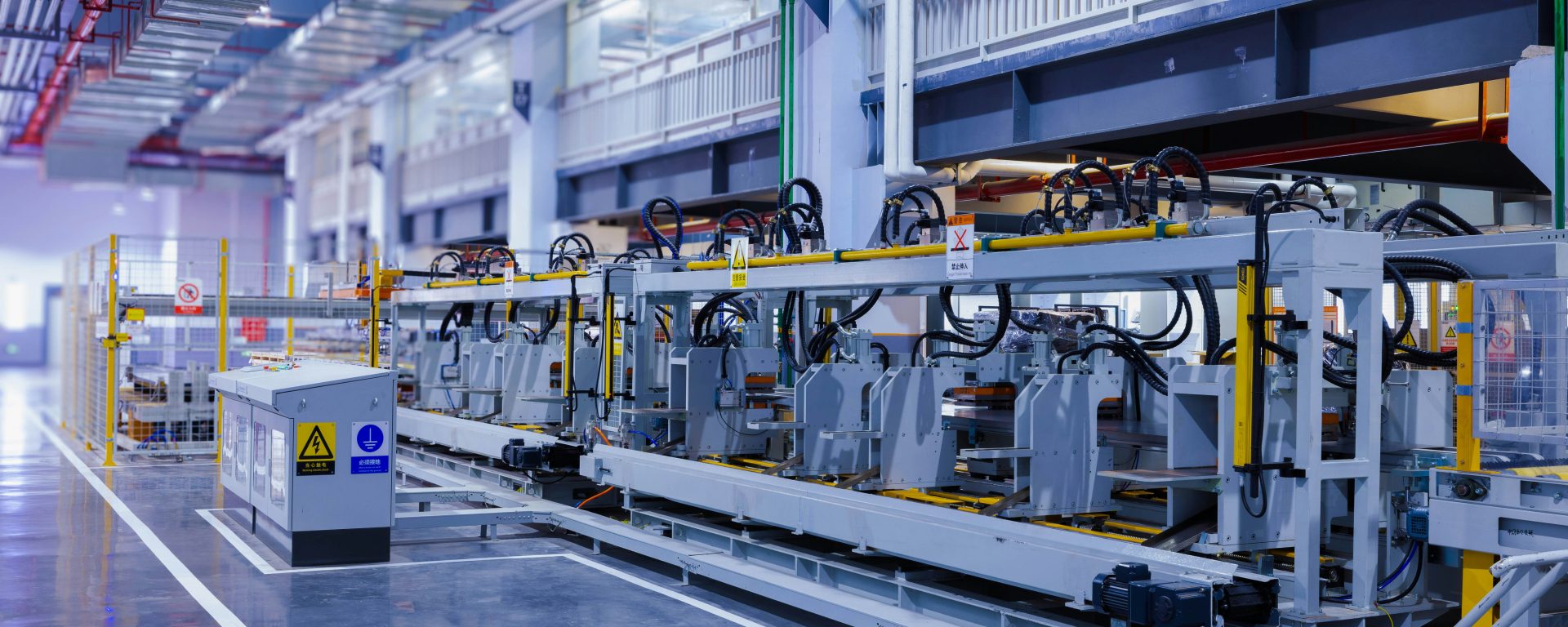Renewable Energy-Powered Manufacturing Facilities Insurance: Complete Guide
As the UK manufacturing sector accelerates its transition toward net-zero carbon emissions, renewable energy-powered manufacturing facilities are becoming increasingly common. These forward-thinking operations combine traditional manufacturing processes with solar panels, wind turbines, biomass systems, and other renewable energy technologies. While this integration offers significant environmental and economic benefits, it also creates unique insurance considerations that standard manufacturing policies may not adequately address.
Renewable energy-powered manufacturing facilities face a complex risk landscape that spans both conventional manufacturing hazards and specialized renewable energy system vulnerabilities. From equipment breakdown and business interruption to technology-specific risks like inverter failure and weather-dependent power generation, these facilities require comprehensive insurance solutions tailored to their hybrid operational model.
This guide examines the essential insurance coverage for renewable energy-powered manufacturing facilities, helping business owners, facility managers, and sustainability directors understand how to protect their operations, investments, and green credentials effectively.
Understanding Renewable Energy-Powered Manufacturing Facilities
Renewable energy-powered manufacturing facilities represent a significant evolution in industrial operations. These facilities integrate on-site renewable energy generation with manufacturing processes, often combining multiple technologies to achieve energy independence or substantial grid reduction.
Common Renewable Energy Systems in Manufacturing
Solar photovoltaic arrays mounted on rooftops or ground installations provide daytime power generation, particularly suitable for facilities with high daytime energy demands. Wind turbines, whether small-scale on-site installations or larger turbines in suitable locations, offer consistent power generation in areas with favorable wind conditions. Biomass and biogas systems convert organic waste materials into energy, providing both waste management solutions and power generation. Combined heat and power systems maximize energy efficiency by capturing waste heat from generation processes. Battery storage systems store excess renewable energy for use during peak demand or low generation periods.
Hybrid Operational Models
Most renewable energy-powered manufacturing facilities operate hybrid models that combine renewable generation with grid connection, ensuring continuous operation regardless of weather conditions or generation capacity. Some facilities achieve net-zero status by generating as much energy as they consume over a year, while others reduce grid dependency by 50-80 percent through renewable integration.
Unique Risks Facing Renewable Energy-Powered Manufacturing
The integration of renewable energy systems with manufacturing operations creates a distinctive risk profile that requires specialized insurance consideration.
Renewable Energy System Risks
Equipment breakdown represents a primary concern, as renewable energy systems contain sophisticated technology vulnerable to mechanical and electrical failures. Solar inverters, wind turbine gearboxes, and battery management systems can fail unexpectedly, potentially disrupting both energy generation and manufacturing operations. Weather damage poses significant threats, with hailstorms damaging solar panels, high winds affecting turbine installations, and extreme temperatures impacting battery performance and lifespan.
Technology obsolescence creates financial risk as renewable energy technology evolves rapidly, potentially leaving installed systems outdated or incompatible with newer components. Performance degradation occurs naturally over time, with solar panels losing efficiency and battery storage capacity declining, affecting the facility's energy independence and operational costs.
Manufacturing-Specific Risks
Power supply interruption remains critical despite renewable systems, as weather-dependent generation can create supply gaps if backup systems fail. Manufacturing processes requiring consistent power face production disruptions when renewable generation falls short and grid backup fails. Equipment damage from power fluctuations can occur if renewable energy systems experience voltage irregularities or frequency variations that affect sensitive manufacturing equipment.
Integration system failures at the intersection of renewable generation and manufacturing operations can cascade through both systems, creating complex breakdown scenarios that standard policies may not adequately cover.
Liability and Regulatory Risks
Third-party damage from renewable energy systems, such as falling ice from wind turbines, fire spreading from electrical faults in solar installations, or structural failure of rooftop solar arrays, creates liability exposure. Environmental compliance obligations for renewable energy systems include proper disposal of solar panels, battery recycling requirements, and wildlife protection measures around wind installations. Grid connection liabilities arise when on-site generation systems feed power back to the grid, creating potential responsibility for power quality issues or grid disturbances.
Essential Insurance Coverage Components
Comprehensive insurance for renewable energy-powered manufacturing facilities requires multiple coverage layers addressing both manufacturing and renewable energy risks.
Property and Equipment Coverage
Buildings and structures coverage must account for the additional weight and structural modifications required for rooftop solar installations, wind turbine foundations, and battery storage facilities. Renewable energy equipment coverage should include solar panels, inverters, mounting systems, wind turbines, battery storage systems, and control equipment at replacement cost values that reflect current technology prices.
Manufacturing equipment and machinery coverage protects production assets from damage caused by power supply issues, environmental factors, or integration system failures. Stock and raw materials coverage addresses spoilage or damage resulting from power interruptions or environmental control failures when renewable generation is insufficient.
Business Interruption Coverage
Loss of renewable generation coverage compensates for increased operating costs when renewable systems fail and the facility must purchase grid electricity at higher rates. Manufacturing downtime coverage provides income protection when production stops due to equipment failure, power supply issues, or damage to renewable energy systems. Extended indemnity periods should reflect the potentially lengthy repair or replacement timelines for specialized renewable energy equipment.
Increased cost of working coverage reimburses expenses for temporary power generation, expedited equipment replacement, or alternative production arrangements during renewable system repairs.
Liability Coverage
Public liability insurance protects against third-party injury or property damage claims arising from renewable energy systems or manufacturing operations. Products liability coverage addresses claims related to manufactured goods, particularly important if power quality issues from renewable systems affect product quality. Employers liability insurance covers workplace injuries, including those related to renewable energy system maintenance and operation. Professional indemnity coverage may be necessary if the facility provides energy management consulting or sells excess renewable energy to other parties.
Technology and Cyber Coverage
Renewable energy systems rely heavily on digital control systems, smart inverters, and internet-connected monitoring equipment, creating cyber vulnerability. Cyber insurance should cover system hacking that disrupts energy generation, ransomware attacks on control systems, and data breaches involving operational or customer information. Technology breakdown coverage addresses failures in control systems, monitoring equipment, and integration software that coordinates renewable generation with manufacturing demand.
Specialized Coverage Considerations
Performance Guarantee Insurance
Some renewable energy-powered manufacturing facilities invest in performance guarantee insurance that compensates when renewable systems fail to achieve projected generation levels due to equipment underperformance rather than weather conditions. This coverage protects the financial models underlying renewable energy investments.
Green Building Certification Protection
Facilities with BREEAM, LEED, or other green building certifications may require specialized coverage that includes the cost of recertification after damage and repairs, ensuring that rebuilt or repaired systems maintain certification standards and associated benefits.
Energy Storage System Coverage
Battery storage systems require specialized coverage addressing thermal runaway and fire risks, capacity degradation beyond normal wear and tear, and disposal and recycling costs for damaged batteries. Standard property policies often exclude or limit battery coverage, making specialized endorsements essential.
Feed-in Tariff and Export Income Protection
Facilities that generate income from feed-in tariffs, export payments, or renewable energy certificates should ensure business interruption coverage includes these revenue streams, not just manufacturing income.
Risk Management and Loss Prevention
Insurers increasingly expect renewable energy-powered manufacturing facilities to demonstrate robust risk management practices that reduce loss frequency and severity.
Preventive Maintenance Programs
Regular inspection and maintenance of renewable energy systems according to manufacturer specifications and industry best practices significantly reduces breakdown risk. Thermal imaging surveys of solar installations identify hot spots indicating potential failures. Vibration analysis of wind turbines detects bearing wear before catastrophic failure. Battery management system monitoring tracks cell performance and identifies degradation patterns.
Weather Monitoring and Protection
Advanced weather monitoring systems provide early warning of conditions that threaten renewable energy equipment, allowing protective measures such as wind turbine shutdown before storm arrival, hail protection deployment for solar arrays, and battery temperature management during extreme heat or cold.
Integration System Redundancy
Critical integration points between renewable generation and manufacturing operations benefit from redundancy, including backup inverters, duplicate control systems, and automatic failover to grid supply when renewable generation becomes unstable.
Cybersecurity Measures
Network segmentation separating renewable energy control systems from general IT networks, regular security updates for all connected equipment, intrusion detection systems monitoring renewable energy system access, and staff training on cybersecurity best practices all reduce cyber risk exposure.
Selecting the Right Insurance Provider
Specialist Knowledge Requirements
Not all insurers understand the complexities of renewable energy-powered manufacturing facilities. Look for providers or brokers with demonstrated experience in both manufacturing and renewable energy sectors, understanding of technology-specific risks and valuation methods, and relationships with specialist renewable energy equipment assessors.
Policy Flexibility and Customization
Standard manufacturing policies rarely provide adequate coverage without significant modification. Seek insurers offering modular policy structures that allow customization, willingness to provide manuscript endorsements for unique risks, and flexibility to adjust coverage as renewable energy systems expand or technology changes.
Claims Handling Capabilities
Renewable energy equipment claims require specialized knowledge for accurate assessment. Evaluate insurers based on access to renewable energy technology loss adjusters, track record of fair and prompt claims settlement, and understanding of replacement cost challenges in rapidly evolving technology markets.
Insurance Cost Factors and Premium Optimization
Factors Affecting Premium Costs
Renewable energy system type and capacity significantly influence premiums, with larger, more complex installations generally commanding higher rates. Geographic location affects weather-related risks, with coastal facilities facing higher wind and corrosion exposure. Manufacturing process hazards, including fire risk, chemical use, and equipment values, impact overall premium calculations. System age and maintenance history influence insurers' risk assessment, with well-maintained newer systems typically receiving more favorable rates.
Premium Reduction Strategies
Implementing comprehensive maintenance programs demonstrates risk management commitment and can reduce premiums by 10-20 percent. Installing advanced monitoring and protection systems, including fire suppression specifically designed for renewable energy equipment, may qualify for premium discounts. Higher deductibles for renewable energy equipment, while increasing retained risk, can significantly reduce premium costs. Bundling manufacturing and renewable energy coverage with a single insurer often provides multi-policy discounts.
Regulatory Compliance and Insurance
Renewable energy-powered manufacturing facilities must navigate complex regulatory requirements that intersect with insurance obligations.
Health and Safety Requirements
The Health and Safety Executive provides guidance on renewable energy system installation and maintenance, with insurance policies often requiring compliance as a coverage condition. Working at height regulations for solar panel maintenance, electrical safety standards for all renewable energy systems, and confined space regulations for some battery storage installations all carry insurance implications.
Environmental Regulations
Environmental permits for renewable energy systems may require specific insurance coverage levels. Waste electrical and electronic equipment regulations govern end-of-life disposal for solar panels and other components, with insurance potentially covering proper disposal costs after insured damage.
Grid Connection Requirements
Distribution network operators typically require liability insurance for facilities feeding power back to the grid, with minimum coverage levels specified in connection agreements. Insurance policies must specifically address grid connection liabilities to meet these requirements.
Future-Proofing Your Insurance Coverage
The renewable energy and manufacturing sectors evolve rapidly, requiring forward-thinking insurance approaches.
Technology Upgrades and Expansions
Ensure insurance policies accommodate system expansions without requiring complete policy rewrites. Automatic coverage extensions for new equipment up to specified values provide flexibility during expansion projects. Regular policy reviews, ideally annually, ensure coverage keeps pace with facility changes and technology additions.
Emerging Technologies
New renewable energy technologies like hydrogen fuel cells, advanced battery chemistries, and next-generation solar panels may require policy amendments. Work with insurers who demonstrate willingness to cover emerging technologies and provide clear processes for adding novel equipment to existing policies.
Changing Regulatory Landscape
Government policies on renewable energy, carbon emissions, and manufacturing sustainability continue evolving. Insurance coverage should adapt to new compliance requirements, changing incentive structures, and emerging liability standards related to environmental performance.
Conclusion
Renewable energy-powered manufacturing facilities represent the future of sustainable industrial operations, combining environmental responsibility with economic efficiency. However, this integration creates complex insurance needs that standard manufacturing or renewable energy policies alone cannot adequately address.
Comprehensive insurance protection requires understanding the unique risks at the intersection of manufacturing and renewable energy, selecting coverage that addresses both operational domains, implementing robust risk management practices, and working with insurers who understand these specialized facilities.
The investment in appropriate insurance coverage protects not only physical assets and income streams but also the sustainability credentials and green reputation that increasingly drive customer preference and regulatory compliance. As renewable energy technology continues advancing and manufacturing facilities expand their sustainable operations, insurance coverage must evolve accordingly, making ongoing policy review and insurer engagement essential.
For manufacturing facilities embarking on renewable energy integration or expanding existing systems, consulting with specialist insurance brokers who understand both sectors ensures comprehensive protection tailored to your specific operational model, technology mix, and risk profile. The right insurance partnership provides not just financial protection but also risk management expertise that enhances operational resilience and supports long-term sustainability goals.
Protect Your Renewable Energy-Powered Manufacturing Facility
At Insure24, we specialize in comprehensive insurance solutions for renewable energy-powered manufacturing facilities. Our expertise spans both traditional manufacturing risks and renewable energy system protection, ensuring your sustainable operations receive the specialized coverage they require.
Contact our team today for a tailored insurance assessment:
Phone: 0330 127 2333
Website: www.insure24.co.uk


 0330 127 2333
0330 127 2333

